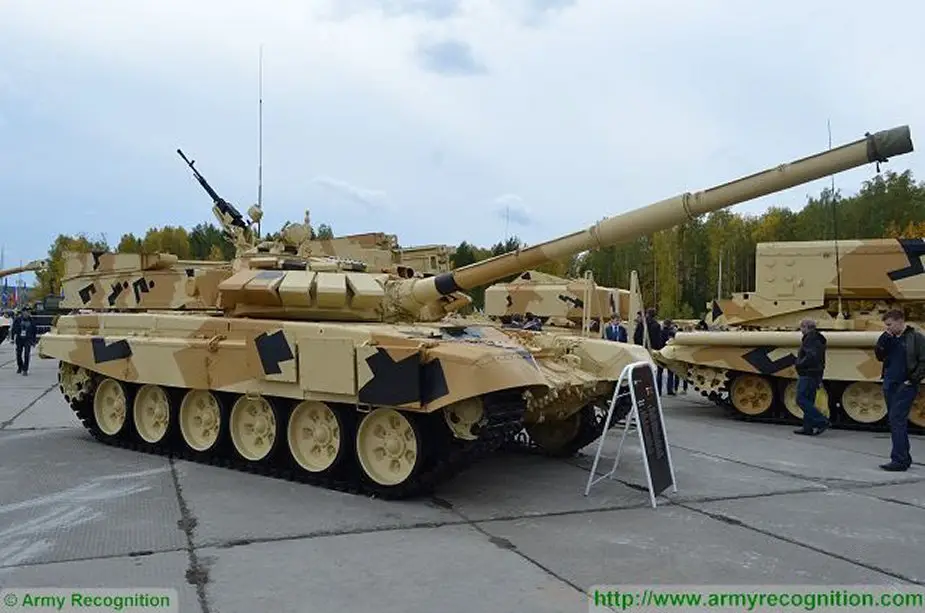Russian T-72B3 tanks integrated into Andromeda automatic control
T-72B3 tanks supplied to the Airborne Forces last year have been upgraded. They are now equipped with Andromeda automatic control system. Each tank is integrated into a single information network and can transmit information on targets and its own state to the command. Experts believe it will raise the effectiveness and autonomy of airborne regiments and brigades, the Izvestia daily writes.

T-72B3 (Picture source: Army Recognition)
Until recently, Andromeda integrated only Armata vehicles supplied to general forces, the Defense Ministry said. T-72B3s delivered to the Airborne Forces in 2018 are a deep modernization of the Soviet-era tanks. They are highly reliable, manoeuvrable, enjoy major firepower, but until recently received commands by radio.
Andromeda automatic system covers all command levels from a single soldier or vehicle to airborne commander. Unit commander can set real-time tasks and mark the point on an electronic map. The subordinate will see target information from reconnaissance units on his gadget. The system will calculate coordinates and make weather adjustments. Andromeda operates for various airborne forces and timely transmits adversary data also to artillery which receives coordinates in a readymade form.
An integrated MBT can transmit real-time information about the crew and its own state, including damage, the remaining ammunition and fuel. Tankmen will not be distracted by radio exchange and the command will be able to rapidly make decisions, withdraw the tank from combat or adjust the mission.
Andromeda is a successful control system which displayed high combat effectiveness, expert Vladislav Shurygin said. It can be used by all airborne units. The integration of tanks increases fire support to paratroopers. "The system cuts decision-making time several-fold. It accelerates retaliation and preventive strikes. The integration of tanks increases fire support to paratroopers. A high speed of data processing and transmission helps units increase mobility and stay less time under fire," he said.
The Defense Ministry launched a large-scale reform of the Airborne Forces which have to develop into a rapid reaction force. Airborne formations have to become autonomous units capable of engaging in a broad range of missions. They are getting their own aviation, artillery and tanks.
The Airborne Forces received the first tanks last year. Two battalions were set up in the 7th Novorossiisk and 76th Pskov air assault divisions. They were armed with upgraded T-72B3. Tank units have to be created in separate brigades. Air assault formations in contrast to paratroopers operate heavy hardware and assault by landing. Their commander has everything necessary at hand to timely arrive in the assigned area and take control over a territory with a radius of several hundred kilometers. It is specifically vital for unstable regions where the Russian military presence is necessary, the Izvestia said.


























